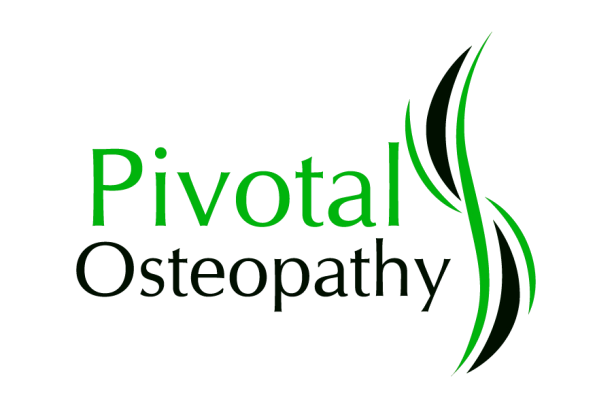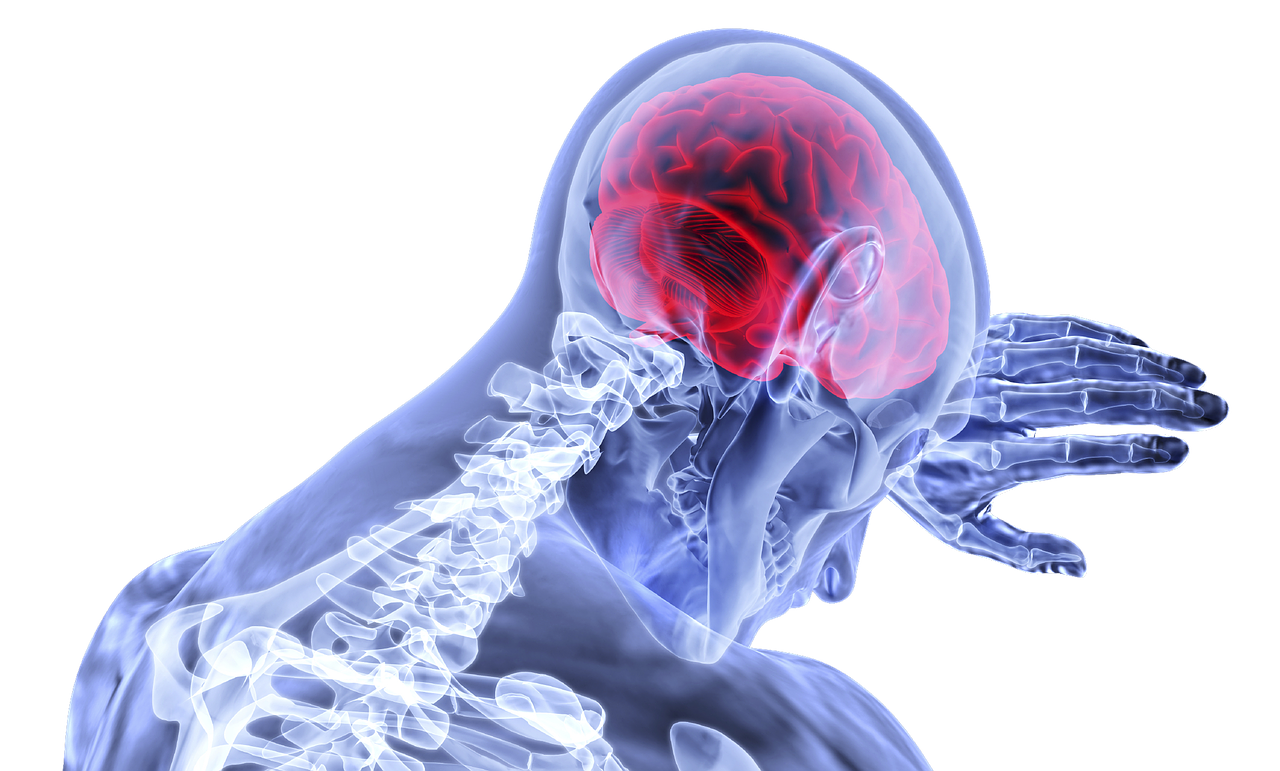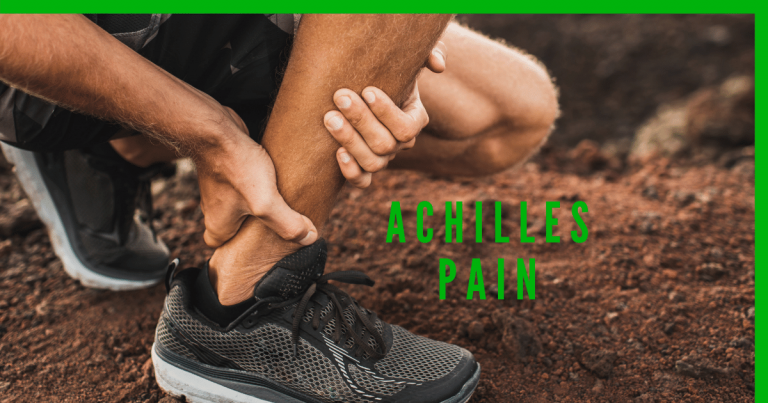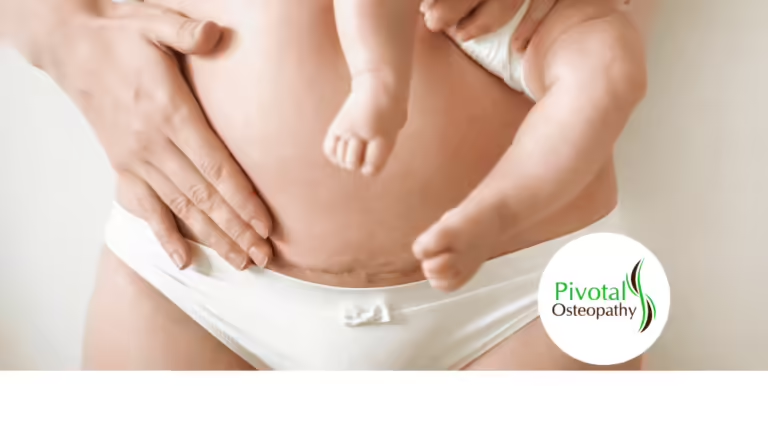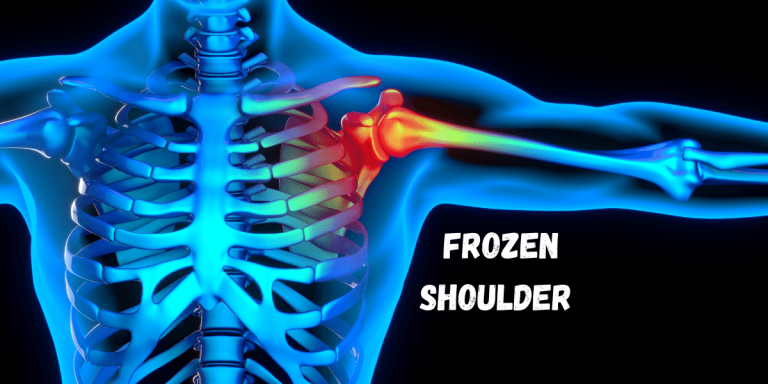Chronic pain
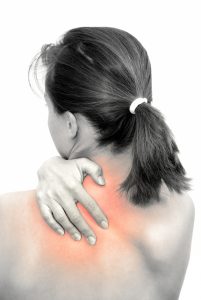
Acute pain is short-term and usually associated with an injury or damage to tissues which then go on to heal and repair. Chronic pain results when the pain lasts longer and beyond the time you would expect an injury to heal and is not usually associated with ongoing tissue damage. The tissues become sensitive and more responsive to feeling pain with any stimulus, whether it is actually damaging or not. This is because the brain and nervous system are processing the signals coming from the tissues and deciding it is ‘dangerous’ and then telling your body that it needs to protect the region. The brain’s way of doing this is by sending down pain signals and facilitating muscle spasm, restricted movement, altered sensations such as burning and sometimes even swelling.
You might be surprised to learn that the severity of pain experienced is often not indicative of the degree of tissue damage that is there currently or was there previously. Previous experiences, stress levels, thoughts, genetics, culture and beliefs about injury and pain all can play a role in this nervous system response. When this response goes on for a long period of time, the brain and body become even more efficient in its response, so smaller and smaller amounts of stimulus can result in high levels of pain. This often leads to a reduced ability to perform simple movements and can become very debilitating.
The good news is that sensitivity levels are not fixed! Sensors in your brain continue to get replaced by new ones every few days and, if the demands on these sensors are reduced, then the sensitivity level goes down and you can experience less pain.
So why see us at Pivotal Osteopathy?
We can help in your chronic pain management through:
- Pain education – pain is a complex process and we will help you learn about what your body is going through and why it is responding this way. What you think you already know about pain and what your friends or family tell you can sometimes be inaccurate and limiting your recovery. Thoughts and beliefs do impact.
- Advising on how to pace your activity and gradually increasing your ability to perform movements and tasks so your functional capacity improves.
- We can provide hands-on Osteopathic treatment to help with the muscle tightness, reduced range of motion and acute flare-ups of pain.
- We can provide advice on specific exercises and rehabilitation for your condition.
- We will form a pain management plan together (and will often work with your GP or other health providers).
Keeping active is really pivotal to your recovery. We can assist you with how to gradually build on what you can do so that activities of daily living, work and hobbies can feel more manageable for you. It’s not a quick process, it does take time and perseverance, but we can give you the tools and knowledge to help.
Reference: 1. Australian Institute of Health and Welfare 2020. Chronic Pain in Australia. Cat. no. PHE 267. Canberra: AIHW.
Call and speak to us today about how we may be able to help you.
